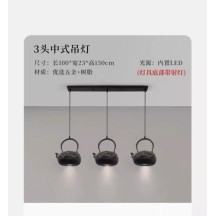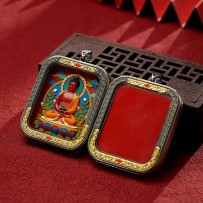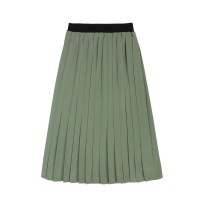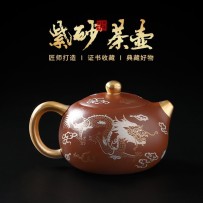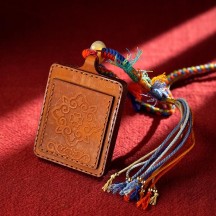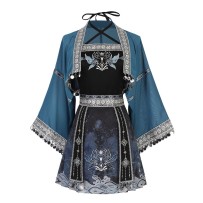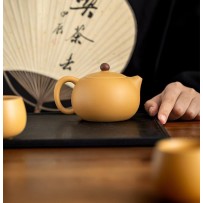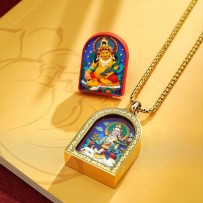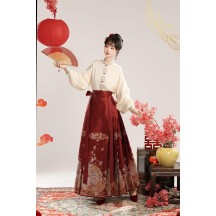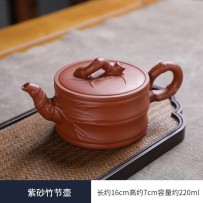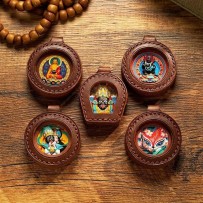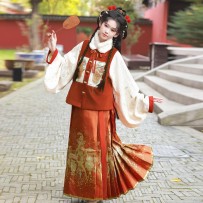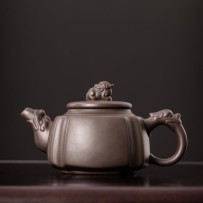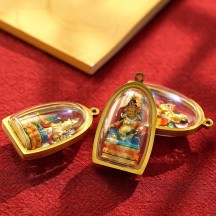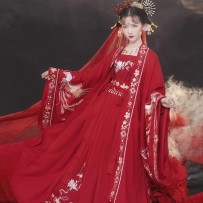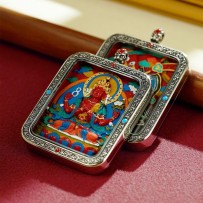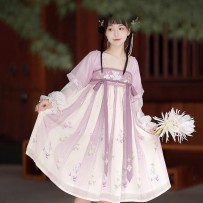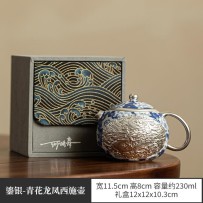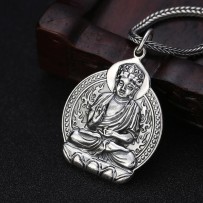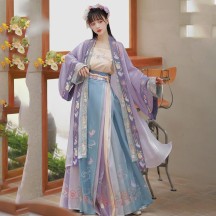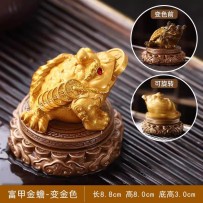The tea utensil holder, made from hickory and walnut wood, features a unique design. Carefully crafted from selected wild hickory, it undergoes over a dozen processes including selection, cutting, polishing, and bonding. Hickory is known for its beautiful grain, varied shapes, and naturally rustic appearance. Paired with walnut wood, the tea holder exudes a sense of antique charm and refined elegance.
Home
Subcategories
Active filters
The horse-face skirt symbolizes courage and strength. Its design features the image of a horse’s face on the front of the skirt, representing the spirit and power of the horse. In ancient times, the horse-face skirt was an important element of traditional women’s clothing in southern China and stood as a symbol of wisdom and bravery in traditional Chinese culture.
China is the birthplace of tea. Beyond being an essential daily beverage, tea has also been integrated with the philosophies of Confucianism, Taoism, and Buddhism, making it a vital part of traditional Chinese culture and imbuing it with deep spiritual meaning. As the vessels for tea and water, teaware plays a significant role in the practice of the tea ceremony.
Cinnabar is believed to bring good fortune, ward off evil spirits and ensure safety in both Tibetan culture and traditional Chinese culture. When combined with Thangka, cinnabar Thangka pendants are believed to ward off evil spirits and disasters, bring good luck and suppress negative energy, and attract wealth and blessings, bringing the wearer blessings of good fortune, health and safety.
The horse-face skirt symbolizes courage and strength. Its design features the image of a horse’s face on the front of the skirt, representing the spirit and power of the horse. In ancient times, the horse-face skirt was an important element of traditional women’s clothing in southern China and stood as a symbol of wisdom and bravery in traditional Chinese culture.
This is a deep-toned tea table ambience lamp, featuring a tin base combined with leaf-textured rock inlays, all sealed with traditional lacquer. Its design is both rustic and elegant, blending ancient charm with modern aesthetics. Versatile and timeless, it complements a wide variety of tea table settings.
Tangka refers to a unique scroll painting in Tibetan Buddhism, which mainly contains the biography of Buddha, various Buddha images, religious history, and images of various patriarchs. Most of them are painted on cloth, silk or paper, and then mounted with colored satin. It is a necessary item for Buddhists to worship and practice at any time.
Design Concept: A graceful fusion of New Chinese style and classical elegance, intertwined with the fashion of modernism — creating a beautiful encounter in the midst of a bustling modern city. While embracing the fast pace of life, it also offers a moment of elegance and a taste of refined charm.
Tangka refers to a unique scroll painting in Tibetan Buddhism, which mainly contains the biography of Buddha, various Buddha images, religious history, and images of various patriarchs. Most of them are painted on cloth, silk or paper, and then mounted with colored satin. It is a necessary item for Buddhists to worship and practice at any time.
Hanfu carries rich cultural significance, embodying the traditional aesthetics, etiquette, and cultural values of the Chinese nation. It is not just clothing, but an important symbol of Chinese heritage—representing history, culture, and a sense of national identity.
Zisha clay, or purple clay, is a type of ceramic that lies between pottery and porcelain. It is characterized by its dense structure, near-porcelain vitrification, high strength, and fine particles. While the surface of the vessel appears smooth and well-formed, it contains subtle granular variations that create a distinctive sandy texture.
Tangka refers to a unique scroll painting in Tibetan Buddhism, which mainly contains the biography of Buddha, various Buddha images, religious history, and images of various patriarchs. Most of them are painted on cloth, silk or paper, and then mounted with colored satin. It is a necessary item for Buddhists to worship and practice at any time.
Hanfu carries rich cultural significance, embodying the traditional aesthetics, etiquette, and cultural values of the Chinese nation. It is not just clothing, but an important symbol of Chinese heritage—representing history, culture, and a sense of national identity.
Design Concept: Rooted in contemporary lifestyle aesthetics, this design integrates ethnic elements and collaborates with skilled artisans to create pieces that bring new life to the fading brilliance of traditional Chinese craftsmanship, opening up endless possibilities for its integration into everyday life.
Tibetan-style titanium steel three-dimensional Thangka, made of tough titanium steel, integrates exquisite craftsmanship, depicting the sacred Buddhist charm and Tibetan customs. The three-dimensional shape is vivid and combines religious depth with artistic beauty.
Hanfu carries rich cultural significance, embodying the traditional aesthetics, etiquette, and cultural values of the Chinese nation. It is not just clothing, but an important symbol of Chinese heritage—representing history, culture, and a sense of national identity.
Teapots, teacups, and other vessels are the soul of tea brewing. The teapot, as the centerpiece of the tea set, holds both tea leaves and water to steep the tea. Teapots come in a wide variety of shapes and designs, offering both practical functionality and artistic value, enhancing the overall atmosphere and enjoyment of tea appreciation. A good teapot is heat-resistant and retains warmth, allowing the essence of the tea to infuse quickly into the water, releasing its full aroma and showcasing the charm of fine tea to the fullest.
Tangka refers to a unique scroll painting in Tibetan Buddhism, which mainly contains the biography of Buddha, various Buddha images, religious history, and images of various patriarchs. Most of them are painted on cloth, silk or paper, and then mounted with colored satin. It is a necessary item for Buddhists to worship and practice at any time.
Hanfu carries rich cultural significance, embodying the traditional aesthetics, etiquette, and cultural values of the Chinese nation. It is not just clothing, but an important symbol of Chinese heritage—representing history, culture, and a sense of national identity.
One of the prized clay materials used in Zisha teapots has a jade-green hue, excellent breathability, and a delicate texture that feels as smooth as a baby's skin. After regular use and proper seasoning, it develops a rich patina. It is renowned for its qualities, described as “as hard as iron, as fluid as water, as smooth as jade, and as resonant as a bell.”
Tangka refers to a unique scroll painting in Tibetan Buddhism, which mainly contains the biography of Buddha, various Buddha images, religious history, and images of various patriarchs. Most of them are painted on cloth, silk or paper, and then mounted with colored satin. It is a necessary item for Buddhists to worship and practice at any time.
Hanfu carries rich cultural significance, embodying the traditional aesthetics, etiquette, and cultural values of the Chinese nation. It is not just clothing, but an important symbol of Chinese heritage—representing history, culture, and a sense of national identity.
A teapot is the perfect companion for brewing tea—serving one tea with one pot symbolizes loyalty, devotion, and family harmony in traditional culture. Therefore, gifting tea and a teapot during festive occasions is more than just a gesture; it conveys cultural heritage and refined taste. Giving teaware is a sign of respect, making it an ideal gift for leaders, elders, or clients.
Tangka refers to a unique scroll painting in Tibetan Buddhism, which mainly contains the biography of Buddha, various Buddha images, religious history, and images of various patriarchs. Most of them are painted on cloth, silk or paper, and then mounted with colored satin. It is a necessary item for Buddhists to worship and practice at any time.
Hanfu carries rich cultural significance, embodying the traditional aesthetics, etiquette, and cultural values of the Chinese nation. It is not just clothing, but an important symbol of Chinese heritage—representing history, culture, and a sense of national identity.
Porcelain body with silver gilding — the fusion of ceramic and silver creates a unique tea vessel, weaving together the wisdom of artisans passed down through millennia. Elegant yet practical, it feels like a serendipitous encounter. Crafted from clay and silver, it embodies both tradition and innovation.
The twelve zodiac guardian gods, also known as the natal Buddha, the eight guardian gods, the twelve guardian deities, and the eight-body Buddha, are the twelve zodiac guardian gods of Japanese Esoteric Buddhism through the heavenly stems, earthly branches, the twelve causes and conditions, and the five elements.
Hanfu carries rich cultural significance, embodying the traditional aesthetics, etiquette, and cultural values of the Chinese nation. It is not just clothing, but an important symbol of Chinese heritage—representing history, culture, and a sense of national identity.










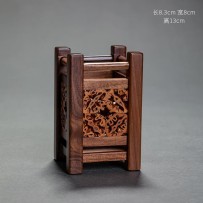

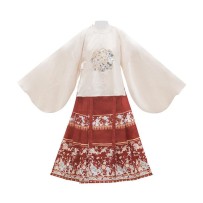

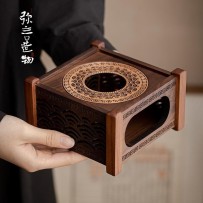

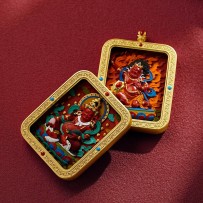


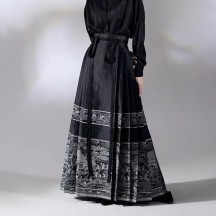
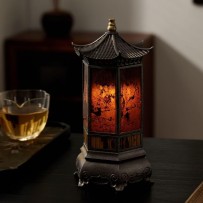

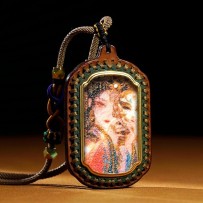

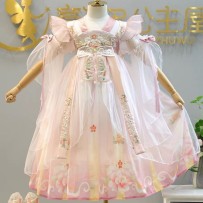

![[Teapot Pendant Light] – Single Hanging Light with Spotlight, Tea Aesthetic Pendant Lamp in Traditional Style](https://chinachic.shop/2665-inner_default/-teapot-pendant-light-single-hanging-light-with-spotlight-tea-aesthetic-pendant-lamp-in-traditional-style.jpg)
